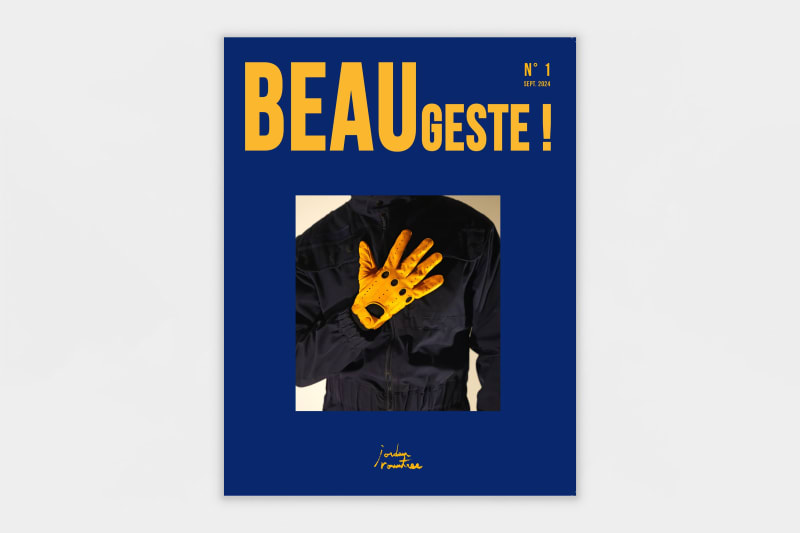The idea for this artwork, a language of gestures with which one could write poetry, is the result of a disastrous initial encounter with the masked, gestural, classic Noh drama, on the occasion of a high school field trip. Everything conspired against my ability to enjoy the performance. I was a hormonal sixteen year old French-American living in Japan, at once stimulated and exhausted by the effort of learning the language. On the stage, the actors moved slowly and wore masks with fixed expressions, while the music was hypnotic, minimalistic, and beat-driven. My ability to focus was further challenged by my sleeplessness, as I had recently become initiated into Tokyo’s underground house and techno scene by a group of university students. I did not make the connection at the time, but there is also a tradition in house and techno of masked deejays and hypnotic beat-driven music. It was a hot summer and the theater around the stage was dark. I fell asleep before the end and woke up with the pattern of a tatami mat printed across my face, which I tried to hide from Katsura sensei, the history teacher who was chaperoning us. During the train ride home, I was dumbfounded by what I had seen, unable to make much sense of it yet unable to forget it. There was a tranquil intensity in the gesture that the masked actor had made several times, the hand open with the fingers together, brought out to the side then over the eyes, hiding them. The next day in class, Katsura told us that this gesture meant “tears” or “crying”, indicating that the character is sad. Then he brought up both hands over the eyes, and told us that this gesture would mean that the character is very sad. It was this detail, the “doubling up” of the gesture changing its meaning, that informed the grammar of the beau geste style. The vocabulary is more broadly inspired by the myriad gestures made by people in photographs, peace signs, heart symbols, flipped middle fingers, and of course, the silhouettes of hands in darkened nightclubs, folded into different shapes such as triangles, capital letters, and crosses to honor the musicians and the deejays.
In an artwork, people find what they need to find. For me, beau geste elicits a range of feelings between the playfulness of a tarot deck’s mysterious indications and the curiosity of a skateboarder’s eyeball for transforming everyday urban shapes into new objects.
This first issue contains the manual on how to dance the beau geste style, how to interpret the gestures, and a small collection of poems that resulted from my experiments with the style.
– Jordan Rountree

